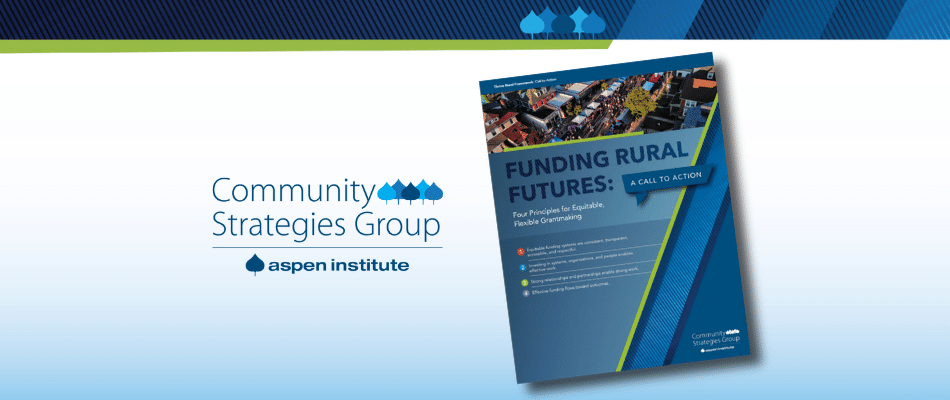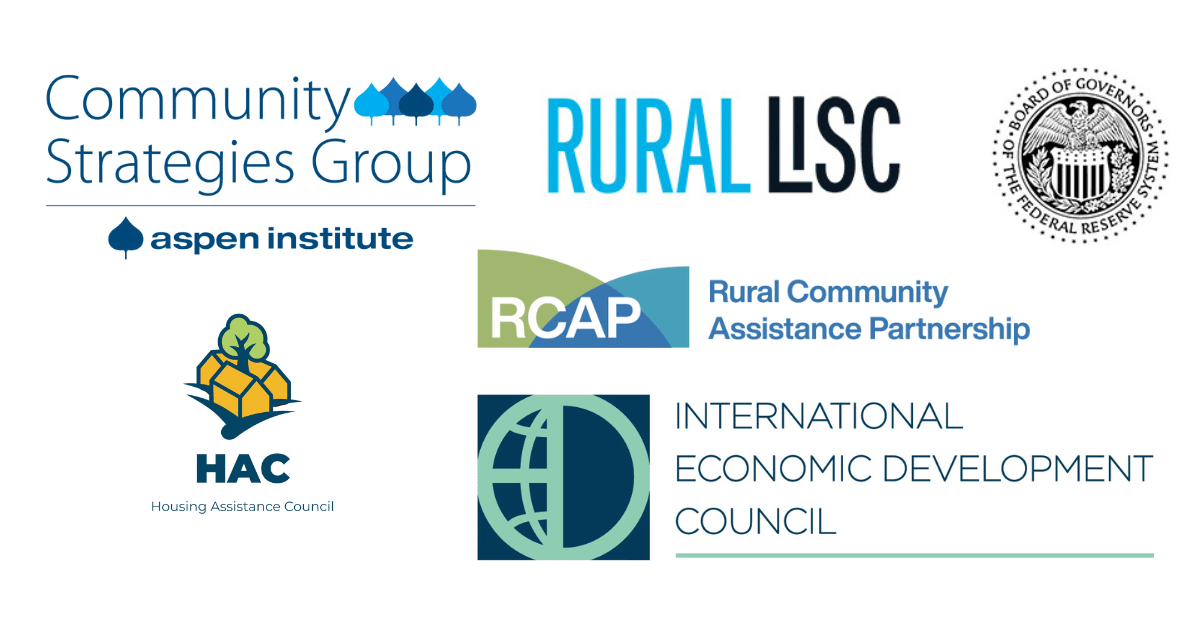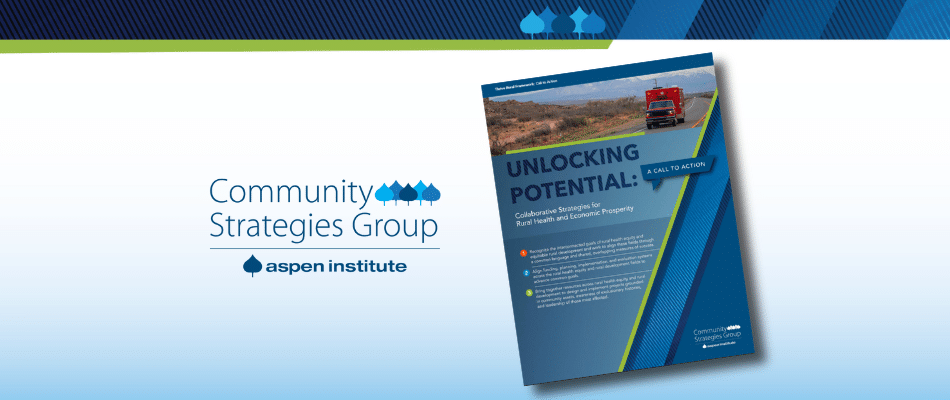View this Publication
Welcome — use the sidebar to navigate to different report sections. And don’t miss the related resources at the bottom of this page!
Introduction: The need for flexible funding

Securing adequate and appropriate funding is a perennial challenge for nonprofit organizations of all types, but for organizations working in rural communities and Native nations affected by persistent poverty, these challenges are magnified.
Although approximately 20% of Americans live in rural areas, only about 7% of foundation giving reaches these areas (USDA Economic Research Service). And while Native Americans make up nearly 3% of the country’s population, less than one-half of one percent of foundation dollars reach their communities (Native Americans in Philanthropy). Compounding the problem, most funding from philanthropy and government is in the form of loans and restricted grants, rather than more flexible general operating support, requiring organizations to manage a complex and fragile patchwork of funds to stay afloat. Disinvested rural communities and Native nations also face a range of barriers to accessing federal and other public funding, from the capacity required to take on the federal grant process to sourcing non-federal matching funds.

What is it going to take for philanthropy to do better? I think it’s both trust and a greater understanding of the dynamic terrain the grantee partners are working in. We need to see people working on the ground as strategists who are worthy and wholly capable of determining how resources are spent toward a specific goal.
Melanie Allen, The Hive Fund for Climate & Gender Justice
Given these challenges, the Partners for Rural Transformation (PRT), a coalition of organizations working in rural persistent poverty areas, asked the Aspen Institute Community Strategies Group (Aspen CSG) to conduct an Action-Learning Exchange (ALE) to better understand what it will take to make more flexible and responsive funding available to organizations serving low-income and persistent poverty rural regions. This Call to Action is a result of that dynamic process (for details, see The ALE Process below).
ALE participants universally expressed frustration with current grantmaking systems, which require an immense amount of time and energy that could be better spent on advancing the organizations’ urgent missions. The most common recommendation was to adopt a trust-based approach centered on flexible, long-term funding. Despite a strong record of success, they are especially frustrated by having to “re-prove” themselves to funders each time.

Government funding applications can be quite a challenge to tackle, and rural organizations often have few people on staff. The arduousness of filling out the application can often stop people from pursuing the funding opportunity, and the reporting that comes along with it is daunting as well. It becomes difficult and strenuous on the organizations, so their ability to actually access this funding is very, very limited.
Johany Garcia, NALCAB
Beyond multi-year general operating support, participants also recommended investments that directly strengthen systems, organizations, and people working on the ground, as well as investments in planning, relationship development, and partnership building. For federal and other public funders, recommendations focused on streamlining systems to reduce the burden on grantees, as well as moving toward more equitable funding models like targeted block grants. Participants also expressed a need to better align funding systems with community priorities and outcomes.
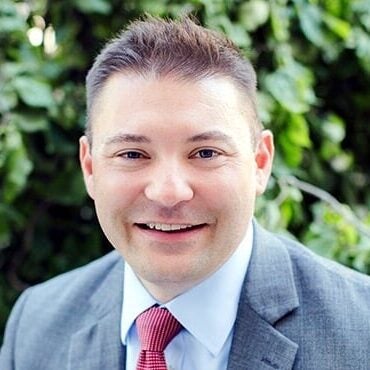
We need a new vision for technical assistance infrastructure for rural and tribal communities—a community of practice around this. We need to lean on philanthropy to invest in the longer-term piece so we don’t keep having to triage. What does it look like to build this infrastructure for communities? What could that infrastructure do in the future?
Erik Stegman, Native Americans in Philanthropy
Definitions

The definitions below are terms and concepts used regularly in this Call to Action.
These definitions should not be considered exhaustive or final but act as a baseline for readers to understand the issues discussed in this document.
Capacity building: activities and funding that build commitment, resources, and skills (see community capacity below).
Community capacity: the combined influence of a community’s commitment, resources, and skills that can be deployed to build on community strengths and address community problems and opportunities. (See Aspen CSG’s Measuring Community Capacity Building workbook.)
Equity: fairness and justice in outcomes and impact.
Equitable development: development activities undertaken with a focus on fair and just outcomes, especially for communities and people affected by historical and ongoing structural discrimination.
Equitable rural prosperity: the ultimate outcome of the Thrive Rural Framework — communities and Native nations across the rural United States are healthy places where each and every person belongs, lives with dignity, and thrives.
Flexible funding: funding that is responsive to the changing needs of organizations and communities.
General operating support: flexible funding that supports an organization as a whole rather than being restricted to a specific project or workstream.
Project-based funding: funding that is restricted to specific activities as detailed in a grant proposal or agreement.
Region: an area involving multiple jurisdictions (e.g., counties, states) across which collaborative projects make sense for geographic, cultural, or other reasons.
Sustainability: the degree to which an economic activity is both durable, avoiding boom and bust cycles, and equitable, strengthening and preserving the diverse assets essential to the long-term health of rural communities. Trust-based philanthropy is an approach that flips the script on conventional philanthropy by promoting a culture of sharing power, centering relationships, and fostering mutual accountability (Trust-Based Philanthropy Project).
The ALE Process: Structure & Participants
This Call to Action results from Aspen CSG’s Action-Learning Exchange (ALE) process. The ALE process quickly taps on-the-ground insights and experiences to help generate breakthrough thinking about what works and what’s needed to push rural policy and practice forward. Aspen CSG developed and refined the ALE process in concert with the Thrive Rural Framework.
At the request of PRT, Aspen CSG convened 40 rural economic and community development practitioners from rural and Native nation communities across the United States. These rural practitioners, advocates, and innovators shared their experiences and ideas to answer the question, “What will it take to shift policy and practice so that funders in government and philanthropy deploy more flexible investments that better meet the needs of organizations serving low-income and persistent poverty rural regions?”
Collectively, the diverse participants have a high level of experience and expertise in nonprofit leadership and grant funding. (The full list of ALE participants is at the end of this page.)
Principle #1: Equitable funding systems are consistent, transparent, accessible, and respectful.
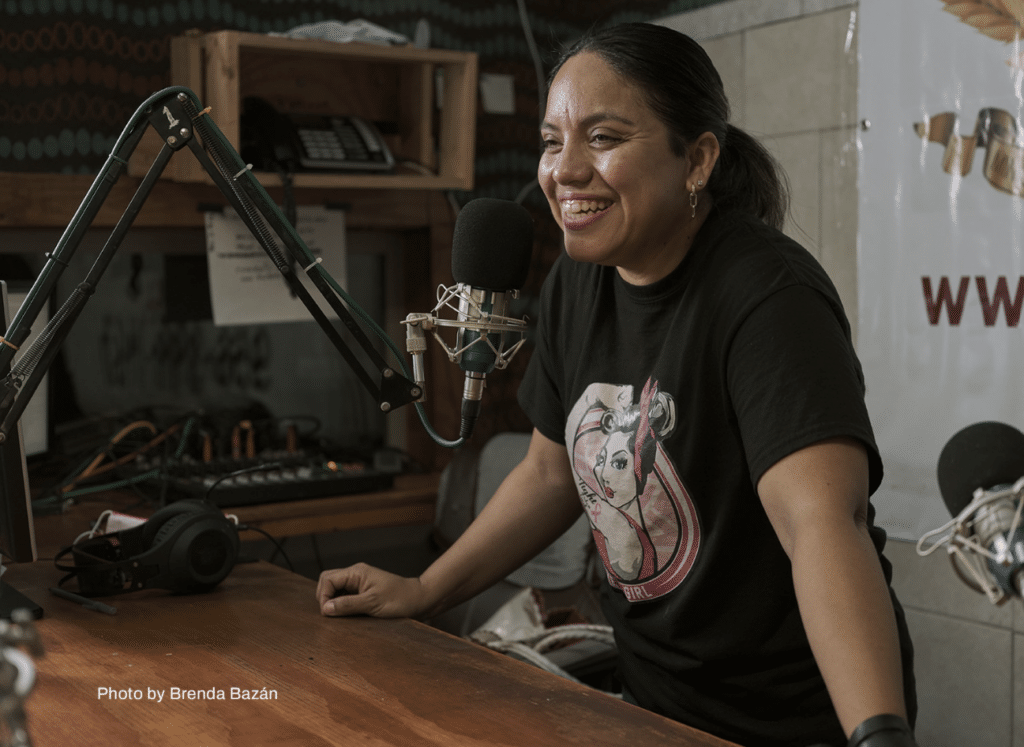
Planning, applying for, administering, and reporting on grant-funded projects takes a significant amount of expertise, experience, time, and other resources. As the old saying goes, “It takes money to make money.” This fact of funding life is a major barrier for underinvested rural and Indigenous organizations and communities. It is also important to understand that “capacity” (see Principle 2) can be a barrier even when money is available to rural regions.
As noted, one way to address this issue is to invest in the capacity of systems, organizations, and people, as described in Principle 2 below. Another way is to provide practical help—through technical assistance directly from a grantmaker or a third party. However, redesigning funding systems to make them more equitable and respectful of grantees’ time and resources may be a more effective solution.
First, grantmakers can reduce the amount of specialized knowledge required to access their funding. This may require asking outside observers to assess systems, given that those who are part of a system are often unaware of the specialized knowledge required to navigate it. For example, each federal agency approaches competitive grantmaking differently—some are willing and able to assist applicants with the process, and others take an arm’s-length approach to avoid the appearance of bias. If an applicant does not have deep experience with each agency, they may not understand the subtleties of these distinctions, and they may fail to take advantage of the assistance available or, on the other hand, accidentally alienate staffers by requesting assistance inappropriately. Establishing consistent processes across competitions and agencies can be extremely helpful whenever possible.
Communicating processes clearly and transparently is important across federal and private funding. For example, expert grantseekers usually wait to submit a formal application to a philanthropic funder until that funder invites an application—often after several rounds of conversation and relationship building. But funders’ materials rarely specify this, so less experienced applicants may go through the time-consuming process of preparing and submitting applications that are likely to be declined with little review—a waste of time for everyone involved. At the federal level, asking applicants to commit days or weeks of staff time to develop extremely lengthy and detailed applications for competitions that will only award a small number of grants is also inequitable. Multi-stage processes can reduce this burden, allowing an agency to screen shorter concept papers for alignment with agency priorities and only requiring applicants with promising projects to complete full applications.
One important way that funders can reduce the burden and make their funding more equitable is to move away from competitive, project-based grants to other funding models like general operating support and block grants allocated to specific communities based on need. Competitive grant processes always privilege applicants with significant resources—specialized expertise, staff time, and funding to hire consultants—and no amount of capacity building or technical assistance can make this process truly equitable.
Grant management and reporting systems can also be made more equitable and less burdensome. Consistency across grantmakers at the federal level could be extremely helpful, especially for organizations that receive funding from multiple agencies. Instead of reporting the same data multiple times in slightly different forms to multiple grantmakers, grantees could use a common system to provide information on grant progress—and grantmakers could use their own data systems to contribute to evaluations, instead of putting the whole burden on short-staffed grantees. Philanthropic grantmakers can lean into relationships and trust, gathering data through conversation and co-creating models for shared accountability.


Principle #2: Investing in systems, organizations, and people enables effective work.
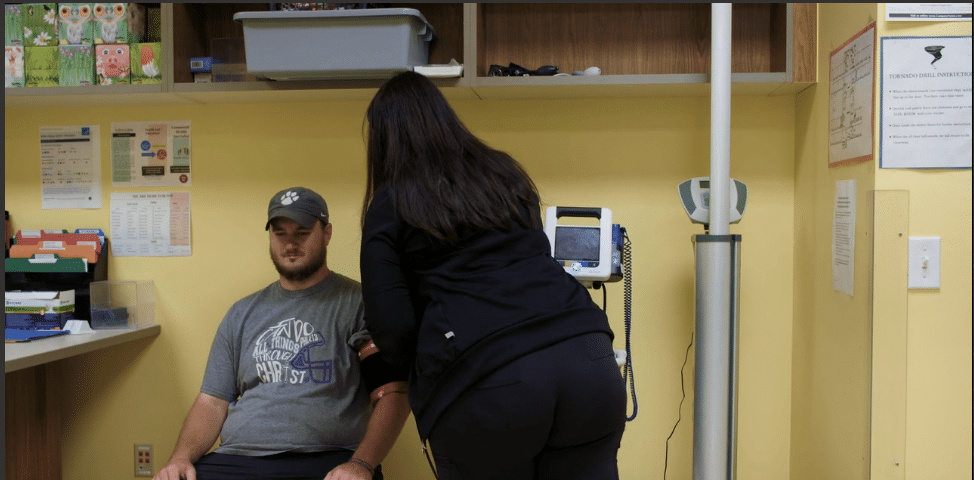
Our current grant funding system is primarily anchored in projects rather than ongoing operations: funders award grants to accomplish a specific set of tasks detailed in a grant proposal, with a budget directly tied to those tasks. This focus on the work itself can obscure an important fact: projects don’t do themselves; systems, organizations, and people facilitate and accomplish projects. If the systems, organizations, and people required to accomplish a project do not have the energy, skills, and support they need to get the work done, that work will not be done well. This is why “capacity” and support for capacity-building is such an important and vital concept for community success.
The current system of project-based funding tends to deplete rather than strengthen systems, organizations, and people. Nonprofit organizations maintain their staffing and infrastructure by cobbling together funding for complicated sets of transactional projects from different agencies or funding sources that may or may not complement or build on each other. Piecing together an organizational budget from competitive project-based funding diverts energy and focus from accomplishing mission-based work, and the piecemeal nature of the system can make long-term planning all but impossible.
Grant budget line items intended to cover indirect or overhead costs are rarely enough to fully cover the cost of administering a grant, especially for smaller organizations without Negotiated Indirect Cost Rate Agreements. This further contributes to grant-related organizational depletion, leaving no room for the vital work of building capacity, strengthening relationships, and building coalitions.
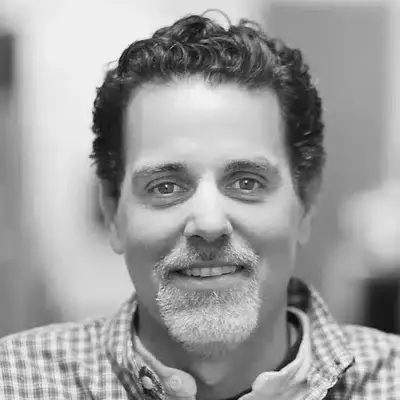
We need funders to support our overhead costs so we don’t get forced into a Ponzi approach to fundraising — always being behind because funding doesn’t cover the full costs of carrying out the work you want us to do.
Nick Mitchell-Bennet, cdcb
Trust-based philanthropy and general operating grants are an important corrective to the harms of the project-based funding system, but not all funders, especially public funders, are in a position to make general operating grants. Investing directly in the capacity and health of the systems, organizations, and people who do grant-funded work is an important way for grantmakers to advance their missions.
Funders can think creatively with grantees about the best way to strengthen systems, organizations, and people, including funding organizational development and planning, infrastructure and administration, professional development, and partnership development. While these elements may not seem as important as project work, they are an essential foundation that enables effective projects. Integrating project-based and capacity-building funding can be a way forward where funders are unable to make general operating awards. For example, the Women’s Foundation of the South’s WŌC@Rest® program “offers hard-working womxn of color leaders a needed pause from responding to compounding disasters,” including a healing retreat, organizational and personal development funding, and storytelling support.
Across all their activities, funders should be aware of how their actions affect rural and Native nation serving systems, organizations, and people—and work to shift depleting or extractive structures to strengthening and capacity building. For example, “learning journeys,” research, and communities of practice should always be structured to strengthen rather than deplete participants—by taking into account participants’ needs and perspectives and, of course, fully compensating participants for their time and expertise.
Whose capacity?
Too often, capacity building is seen through the lens of a community’s ability to work with funders (e.g., the capacity to navigate the complex federal grantmaking system). But what about funders’ capacity to work with communities? Aspen CSG explored this question in Building Funder Capacity to Work with Communities: A Rural Environmental Justice Case Study, which profiles efforts to build public and private funders’ capacity to work with communities on their own terms—from flexibility to long-term trust building.

Capacity is the rub—capacity to be the type of support entity that we know that we need to be in communities. We just don’t have the people to be able to hold that level and intensity of work.
Brandy Bynum Dawson, MDC
Doing federal funding differently: the US EDA’s Distressed Area Recompete Pilot Program
The US Economic Development Administration’s (EDA’s) Distressed Area Recompete Pilot Program (Recompete Pilot Program), funded through the CHIPS and Science Act, provides an instructive example of how federal agencies can support communities with flexible funding. As EDA states in the Phase 1 Notice of Funding Opportunity, the agency intends to use the program to “support communities with high prime-age employment gaps through flexible, bottom-up strategy and implementation grants that tackle the unique challenges these communities face.” The program offers funding for strategy development, including partnership building, assessment, planning, and other predevelopment activities, as well as implementation. Implementation funds can cover a wide variety of activities that contribute to economic development, including wraparound services and other activities that EDA has not typically funded in the past, as well as support for ongoing coalition coordination and development. A two-phase application process includes technical assistance, and matching funds are not required (though they may be applied to enhance competitiveness in Phase 2).

Principle #3: Strong relationships and partnerships enable strong work.
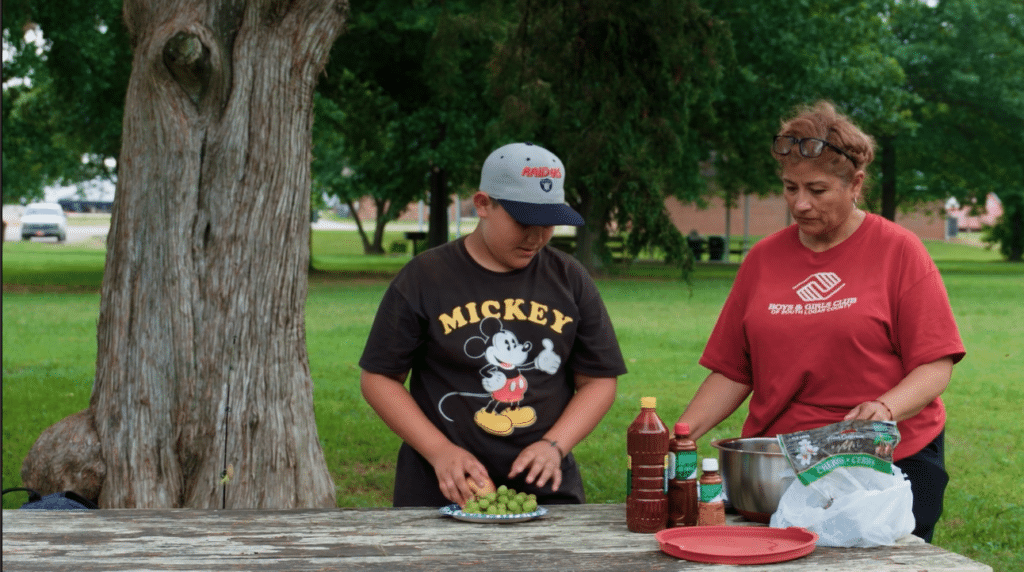
Just as piecemeal funding can inhibit effectiveness, fragmentation of systems, organizations, and people can be a major barrier to effective work. For example, multiple organizations in a region may undertake duplicative or even conflicting projects in service of similar goals. This fragmentation can have an outsized impact in rural and underinvested places with limited resources. By contrast, strong relationships and deep partnerships across organizations, regions, and sectors can position communities for success—aligning around common goals, sharing resources and infrastructure, and designing projects that build on each other for the benefit of all.
Given project-based funding constraints, organizations often have little time for intentional partnership and relationship building and, therefore must do this essential work “around the edges” of their funded work. This lack of intentional partnership and relationship development can result in uneven and fragmented systems and inefficient work. Relying on existing relationships can also reinforce inequities based on place, race, and class that could be interrupted by intentional development of equitable partnerships. Investing directly in these relationships and partnerships is an important way for funders to ensure that their work is effective, efficient, and equitable. Doing the groundwork to establish strong coalitions is also an important way for rural and Indigenous organizations to prepare for federal funding opportunities that can emerge quickly, with very short turnaround times (see Principle 1 above).
Relationships among funders and between funders and grantees are also key to effective work. Funders that do not have strong relationships with communities—or have relationships limited to a single sector (e.g., health, economic development)—may misunderstand conditions on the ground, resulting in funding for projects that are not responsive to community needs and priorities. And when multiple funders work in communities without mutual awareness or coordination, projects may be duplicative, misaligned, or conflicting. To build strong relationships with each other and with communities, funders can take a place-based approach, from organizational structure (regional offices) and staffing (place-based program officers) to networking (place-based consortia) and funding (coordinated place-based grants). For example, the US Economic Development Administration (EDA) maintains regional offices with state-based program officers; while these staff members have larger regions of focus than might be ideal, they are still better able to get to know and assist rural communities than program officers with a national focus.
Funders can also play a key role in facilitating relationship and partnership-building across communities and regions. For example, the US Department of Agriculture’s new Rural Partners Network is experimenting with developing relationships and partnerships across funders and organizations in several states and has created connections across federal agencies related to their rural investments, though much work is still needed to formalize partnerships. Foundations can also play an important role as conveners and facilitators of network development.
Rural Development Hubs
One important way for funders to build rural capacity and partnerships is to invest in Rural Development Hubs — the main players in rural America that are doing development differently. Hubs identify and connect community assets to market demand to build lasting livelihoods, always including marginalized people, places, and firms in both the action and the benefits. They focus on all the critical ingredients that either expand or impede prosperity in a region — the people, the businesses, the local institutions and partnerships, and the range of natural, built, cultural, intellectual, social, political, and financial resources. Hubs work to strengthen these critical components and weave them into a system that advances enduring prosperity for all.
Investing in Rural Development Hubs is important because Hubs play a transformative role in their regions and communities. They are not focused on meeting immediate needs alone. They also aim for and deploy systemic and long-term interventions and investments to strengthen the essential components that form a better foundation for lasting prosperity.Some funders also serve as Rural Development Hubs—like the Imperial Valley Wellness Foundation in Imperial County, California (see Aspen CSG’s Building Funder Capacity to Work with Communities: A Rural Environmental Justice Case Study).


Principle #4: Effective funding flows toward outcomes.
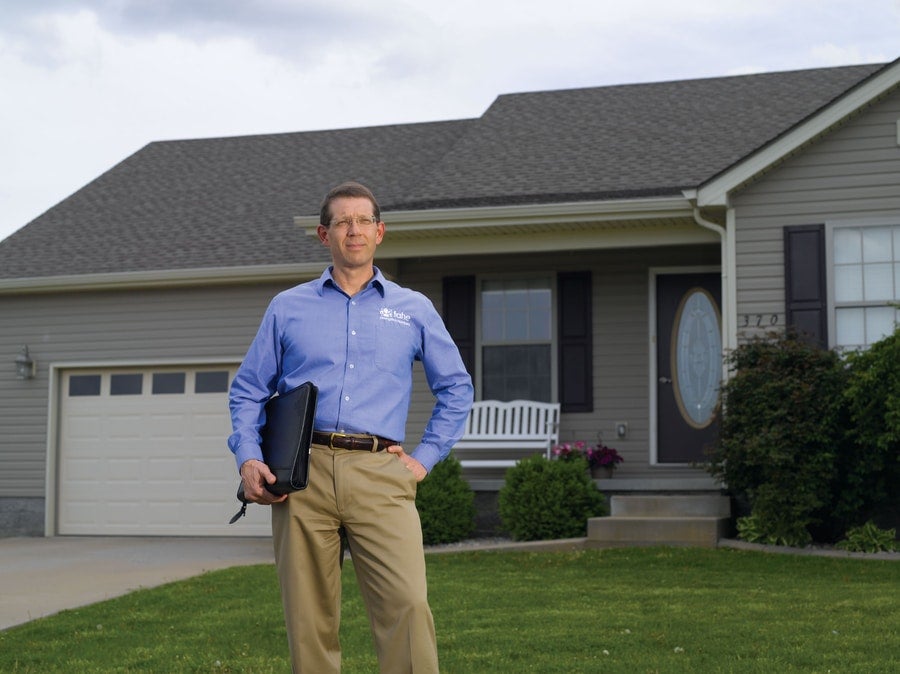
In an ideal funding system, public and private funders, nonprofit organizations, and community leaders all work together toward positive change in community outcomes—improved health, equitable prosperity, and quality of life for all. But the fragmented project-based funding system described under Principle 2, above, can make it difficult to stay focused on these North Star goals. Short-term, transactional funding necessarily focuses on what can be produced during the grant period (often as short as one year). While grant proposals usually require grantees to situate short-term goals within a logic model or plan that connects them to long-term outcomes, funded projects are rarely long or deep enough to see changes in the indicators that really matter to communities.
Even with longer-term funding, the project-based grant structure can hinder a true focus on outcomes. Project grants obligate the grantee to produce a specific set of outputs, detailed at the time of proposal—this can make it difficult for grantees to be responsive to changing conditions on the ground that might require a shift in tactics to meet the same outcomes goals. To address this issue, when general operating grants are not a possibility, funders can consider structures that focus funding on outcomes more than outputs. For example, long-term funding with regular checkpoints to allow for flexibility and responsiveness to changing needs.
Shifts in funding trends can also interfere with a steady focus on community outcomes. At different times, funding trends have prioritized evidence-based approaches, innovation, or model development and replication. All of these types of funding are important, but the most important thing is for communities to have the right kind of funding at the right time to achieve their goals. If a community has an approach that’s working well and just needs more funding to expand or continue, funding focused on innovation will not be helpful. And if a community is facing a knotty problem that has not responded to conventional approaches, risk-averse funding that requires evidence of previous effectiveness will not be useful.

Funders should set clear outcome expectations and their risk tolerance, then allow providers to create the programmatic steps and outputs to achieve the outcomes while reacting in real-time to the needs of communities.
Michael Carroll, RCAC
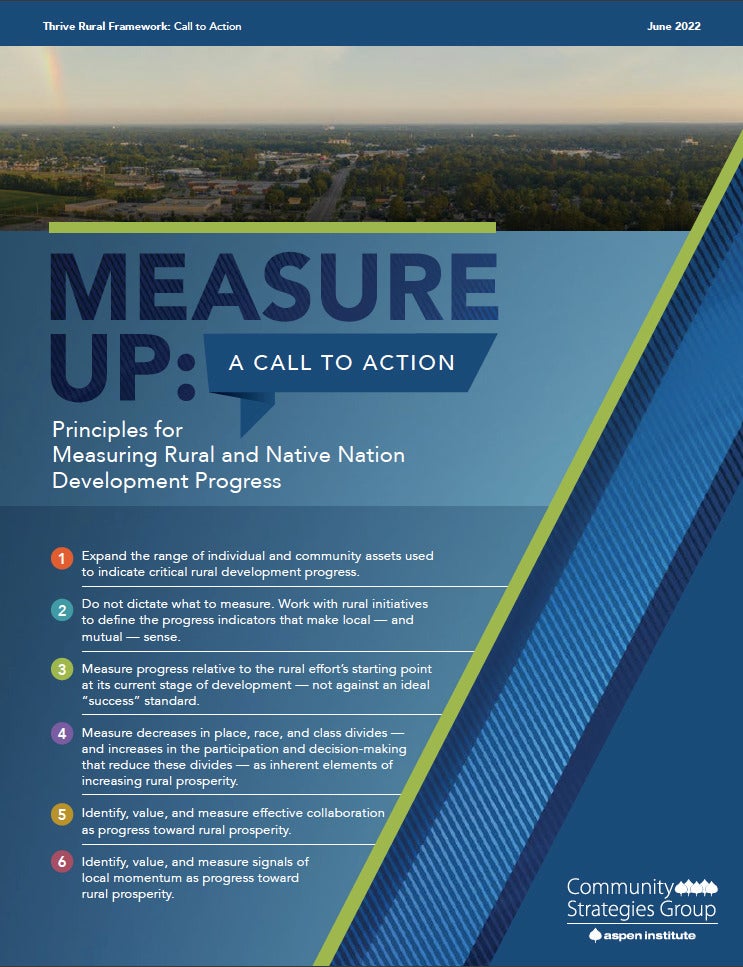
Measure Up
Any discussion of outcomes in rural community and economic development requires a clear look at the role of measurement: what and how we choose to measure has a deep impact on how we work. Aspen CSG’s Measure Up: A Call to Action provides essential recommendations for the field based on six principles developed through action-learning:
- Expand the range of individual and community assets used to indicate critical rural development progress.
- Do not dictate what to measure. Work with rural initiatives to define the progress indicators that make local — and mutual — sense.
- Measure progress relative to the rural effort’s starting point at its current stage of development — not against an ideal “success” standard.
- Measure decreases in place, race, and class divides — and increases in the participation and decision-making that reduce these divides — as inherent elements of increasing rural prosperity.
- Identify, value, and measure effective collaboration as progress toward rural prosperity.
- Identify, value, and measure signals of local momentum as progress toward rural prosperity.
Practitioners and funders can use the Call to Action’s accompanying Annotated List of Resources to access resources and ideas as they work individually and collectively to improve outcomes for rural families, communities, and regions.
Seeing ourselves in the landscape: a model for shared accountability
As part of our trust-based approach, we invite our partners to help us develop our goals, and we also share our strategy. Every grant cycle, we write up a strategy, including the context and progress that’s happened. And we share the strategy with our partners so they can see not only the work that they’re doing, but how we’re seeing them fit in a landscape. I find it really useful for folks to see—it invites them in. I think too often these groups aren’t seen as strategists. And they are! So it’s helpful for them to see their work in the context of all the work that’s going on, that they may not have first-hand experience of. And it can help them make connections to strengthen their work.
It also helps us reach our goals when they push back and give us feedback on a draft strategy because they can see things on the ground that we don’t see. They might say, I understand what you’re doing here, but this overlooks this, or this is a blind spot, or this is not realistic. And that helps us understand what it takes to actually move the needle. I think oftentimes funders see a goal, but underestimate the amount of work—labor, time, coordination—it takes, so this helps to make that visible and helps us understand the types of support that are necessary to reach our goals.
Melanie Allen, The Hive Fund for Climate & Gender Justice


Partners on this REport
Partners for Rural Transformation
The Partners for Rural Transformation (PRT) is a national coalition dedicated to advancing economic mobility in persistent poverty areas. PRT strengthens local economies — generating local wealth that sticks — and builds power among those living in some of the most disinvested parts of the country. The partnership is led by a steering committee of Community Development Financial Institutions (CDFIs) serving three-quarters of the country’s persistent poverty counties, with headquarters in the Mississippi Delta, Appalachia, Native American communities, the Deep South, the Rio Grande Valley and farming regions in the Rural West. Partners for Rural Transformation is working toward a nation where everyone can build wealth, provide for their families, and achieve their dreams in the community they call home.
Aspen Institute Community Strategies Group
Since 1985, the Aspen Institute Community Strategies Group (Aspen CSG) has been committed to equitable rural prosperity. We work towards a future where communities and Native nations across the rural United States are healthy places where each and every person belongs, lives with dignity, and thrives. Aspen CSG serves as a connecting hub for equitable rural community and economic development. We design and facilitate action-inducing peer learning among rural practitioners, national and regional organizations, and policymakers. We build networks, foster collaboration, and advance best practices from the field.
List of ALE Participants
- Melanie Allen, Co-Director, The Hive Fund
- Suzanne Anarde, Chief Executive Officer, Rural Community Assistance Corp.
- Bernadeta Baktashian, Fund Developer, Rural Community Assistance Corp.
- Sara Ball, VP of Operations, Partners for Rural Transformation
- Betsy Biemann, Chief Executive Officer, Coastal Enterprises Inc.
- Darcy Bostic, Data and Impact Manager, Rural Community Assistance Corp.
- Sarah Buck, Chief Programs Officer, Rural Community Assistance Partnership
- Martha Claire Bullen, Director, Community Sustainability, Communities Unlimited
- Audra Butler, Area Director of Rural Housing, Communities Unlimited
- Brandy Bynum Dawson, Senior Program Director, Rural Prosperity and Investment, MDC Inc.
- Michael Carroll, Vector Fund Director, Rural Community Assistance Corp.
- Mary Deiter, Development and Capitalization Officer, Oweesta Corp.
- Daniel Elkin, Director of Policy, Impact and Innovation, Come Dream Come Build
- Jeneene Estridge, Senior Vice President of Development, Fahe
- Nancy Fasching, Vice President, Community Impact, Southwest Initiative Foundation
- Klarissa Garcia, Grants Coordinator, Come Dream Come Build
- Mary Jo Jean-Francois, Vice President of Impact, Community Foundation of Greater Dubuque
- Jerry Neal Kenny, Program Officer, TLL Temple Foundation
- Chad McPherson, Vice President, Investments, Fahe
- Karla Miller, Program Director, Northwest Area Foundation
- Sara Miller, Senior Policy Analyst, Hope Credit Union Enterprise Corporation
- Nick Mitchell Bennet, Executive Director, Come Dream Come Build
- Camila Moreno, Research Associate, Fahe
- Favianna Moreno, Programs Manager, Come Dream Come Build
- Sara Morgan, President, Fahe
- Ari Neumann, Director, Community and Environmental Services, Rural Community Assistance Corp.
- Jamie Olson, Director of Lending, Oweesta Corporation
- Bryan Phillips, Policy Engagement Coordinator, West Virginia Community Development Hub
- Ines Polonius, Chief Executive Officer, Communities Unlimited
- Judy Quisenberry, Executive Director, Valley Baptist Legacy Foundation
- Rob Riley, President, Northern Forest Center
- Johany Rivera, Senior Program Manager, National Association of Latino Community Asset Builders
- Mary Ann Ross, Vice President, Hope Credit Union Enterprise Corporation
- Kelly Ryan, Executive-in-Residence, US Endowment for Forestry and Communities
- Madhav Shroff, Equity Officer, Winthrop Rockefeller Foundation
- Ed Sivak, Executive Vice President, Policy and Communications, Hope Credit Union Enterprise Corporation
- Erik Stegman, Chief Executive Officer, Native Americans in Philanthropy
- Katy Stigers, Vice President of Research, Fahe
- Danielle Ware, Senior Vice President, Commercial Credit Officer, Hope Credit Union Enterprise Corporation
- Duane Yoder, President, Garrett County Community Action
This work was supported by a grant from Google.org Charitable Giving. The views expressed here do not necessarily reflect the views of the funder.
Aspen CSG’s consultant, Rebecca Huenink, led the writing process for this report. We are grateful for her contributions.

